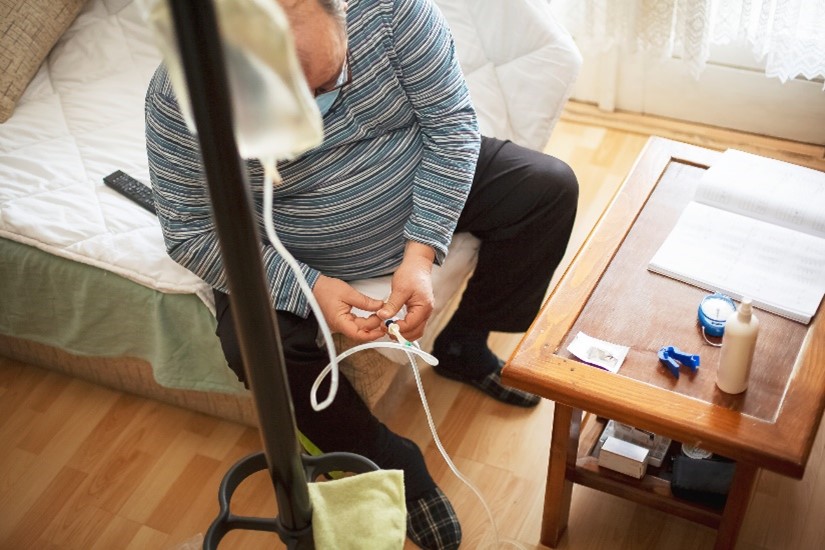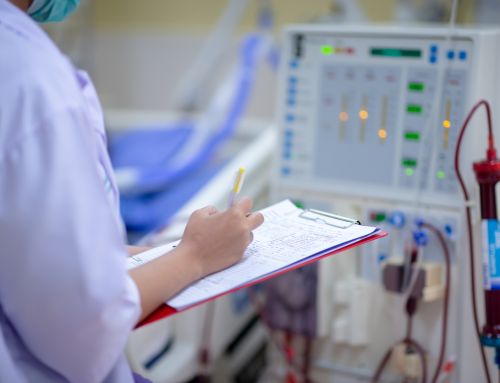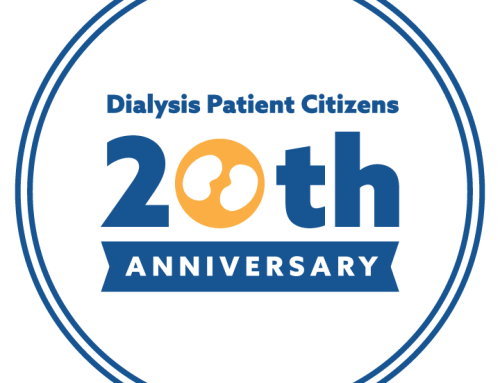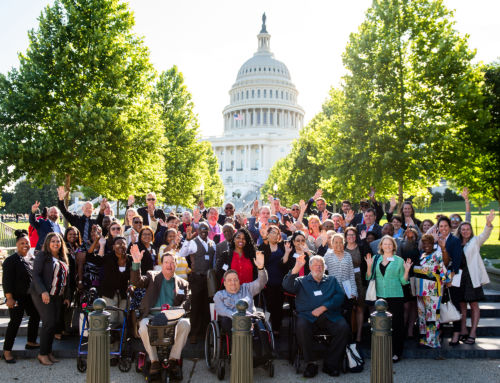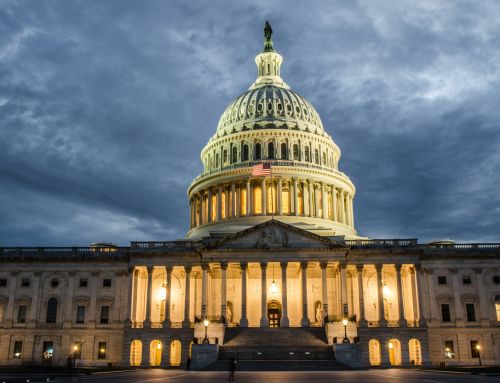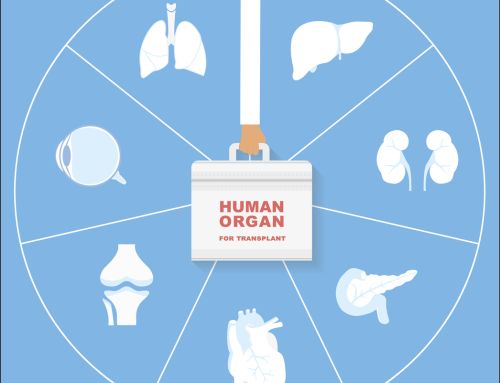On July 1, 2021, the Centers for Medicare & Medicaid Services (CMS) issued its ESRD Prospective Payment System (PPS) annual rulemaking. This proposed rule would update ESRD PPS payment rates, make changes to the ESRD Quality Incentive Program (QIP), and modify the ESRD Treatment Choices (ETC) Model for 2022.
The proposed changes to the ETC Model policies aim to encourage dialysis providers to decrease disparities in rates of home dialysis and kidney transplants among ESRD patients with lower socioeconomic status, making the model the agency’s first CMS Innovation Center project to address health equity. The ETC model rewards ESRD facilities and managing clinicians assigned to it if they achieve significant improvement in the rates of home dialysis and kidney transplants. It will now give extra points for placement of lower income beneficiaries. However, the agency is providing no additional resources to nephrologists and dialysis clinics to give extra assistance to disadvantaged patients.
According to CMS Office of Minority Health studies on racial, ethnic and socioeconomic factors, disadvantaged Medicare patients suffer from ESRD at higher rates. They are also more likely to experience higher hospital readmissions and costs, as well as receive in-center hemodialysis because their kidneys are no longer able to perform their function. Studies also indicate non-white ESRD patients are less likely to receive pre-ESRD kidney care, become waitlisted for a transplant or receive a kidney transplant.
CMS is also proposing to stratify ETC achievement benchmarks to account for economically disadvantaged beneficiaries, so kidney care providers who see a high volume of these patients would not face negative financial consequences as a result. This is a significant development, as Medicare has never accounted for the effect of socioeconomic disparities on its ESRD quality measures before. CMS is also seeking suggestions on how to do this for the QIP as well.
Under the ESRD PPS for 2022, Medicare expects to pay $8.9 billion to approximately 7,700 ESRD facilities for furnishing renal dialysis services. The proposed 2022 ESRD PPS base rate is $255.55, which is an increase of $2.42 to the current base rate of $253.13. CMS projects that total payments to all ESRD facilities will increase by 1.2 percent compared with 2021.
The End-Stage Renal Disease Quality Incentive Program (ESRD QIP) assesses the total performance of each facility on measures specified for a payment year, applies a payment reduction to each facility that does not meet a minimum total performance score (TPS), and publicly reports the results.
In this proposed rule, CMS is modifying the scoring and payment methodologies to provide that no facility would receive a payment reduction for PY 2022. It will also suppress the use of certain ESRD QIP measures (for example, the Standardized Hospitalization Ratio) for scoring and payment adjustment purposes in the PY 2022 ESRD QIP because CMS has determined that circumstances caused by the COVID-19 Public Health Emergency (PHE) have significantly affected the validity and reliability of the measure and resulting performance scores. This policy is intended to ensure that these programs do not penalize facilities based on circumstances caused by the PHE for COVID-19 that the measures were not designed to accommodate.

